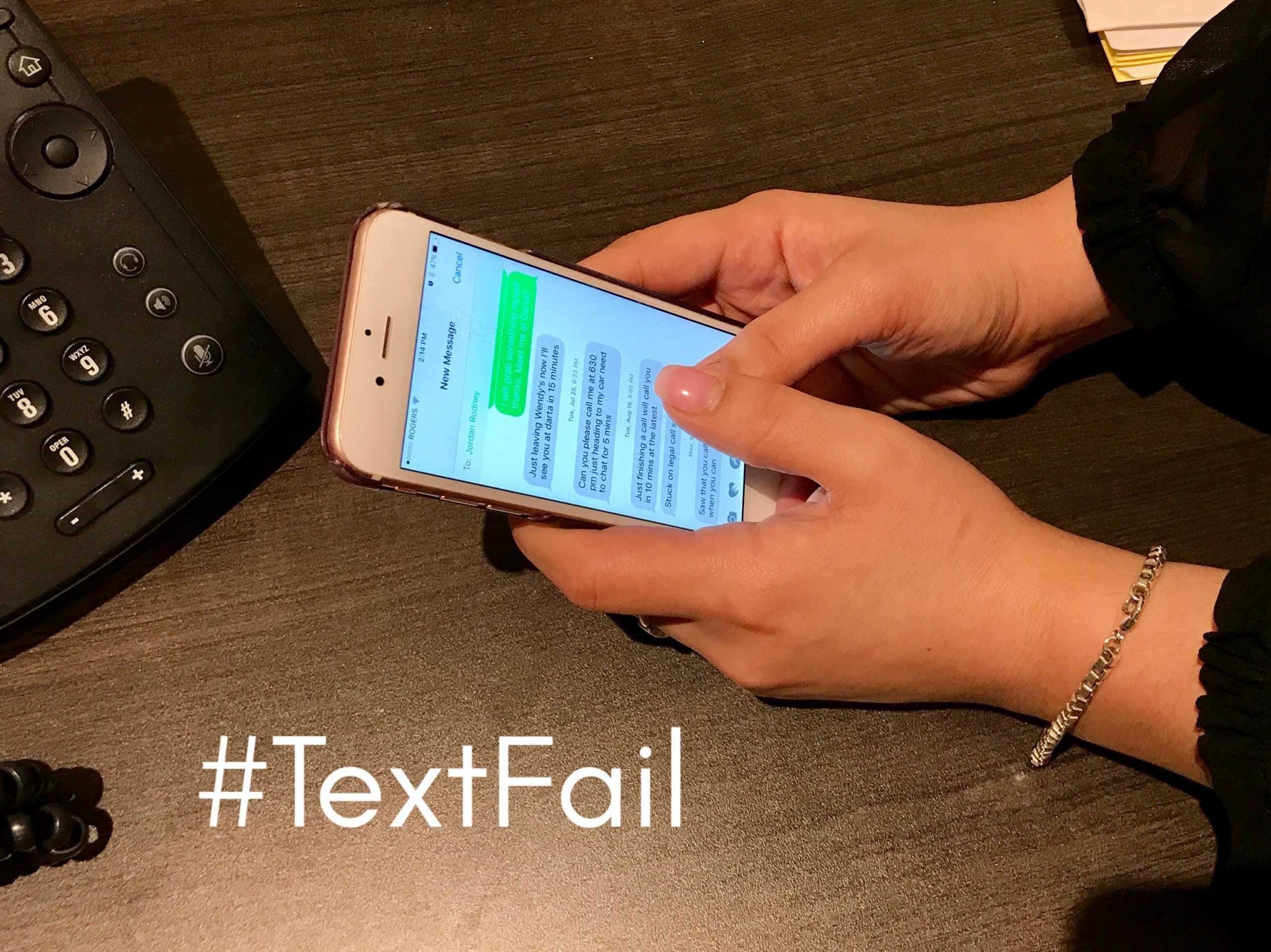 Written by: Arjun Dhir
Written by: Arjun Dhir
Email, text message, iMessage, WhatsApp – these are some of the many means of communication in today’s digital age which continue to expand. In the employment sphere, technology has rapidly changed the way in which an organization communicates with its employees. Gone are the days of carefully drafting an email or only speaking to your manager within business hours – now all it takes is a quick text message to let your manager know that you are running late for work!
The obvious advantages that accompany these new means of communication include: increased efficiency and convenience, in addition to breaking down the walls of formality between the manager and employee. However, despite these benefits there are a number of pitfalls that organizations must be aware of. For example, text messages are often hastily written and brief, leaving much to be desired in terms of conveying the true meaning of the message.
This issue was explored in a recent case decided by the Human Rights Tribunal of Ontario, Sellner v. Canadian Cab Ltd., emphasizing the importance of clear and unambiguous correspondence, whether it be through email or text message.
This case involved an employee dealing with a high-risk pregnancy. Her employer had asked her to attend an important meeting with the company’s Board of Directors. The employee requested an accommodation in the form of not being required to climb the steep stairs to the second-storey office where the meeting was to be held given her medical situation. The employee sent a text message to the Vice-President of the Board, to this effect noting the following: “Btw. I am absolutely not climbing those deadly stairs.” In response, the VP texted, “You don’t have to come upstairs, given what you said” followed by, “The [Board] will get back to you.”
The employee interpreted these messages to believe that she was excused from attending the meeting until further notice. However, when she failed to attend the meeting, the Board treated her conduct as “insubordinate” and suspended her. She subsequently brought a human rights complaint alleging discrimination based on pregnancy.
The Human Rights Tribunal found that the employee’s interpretation of the text messages was completely reasonable. In fact, the Vice-Chair of the Tribunal stated that, “It would have made no sense for her to come [to the office] anyways” given that the text explicitly indicated that the Board would get back to her. The Tribunal determined that the Company had exhibited discriminatory conduct by failing to accommodate the employee’s pregnancy, resulting in her suspension.
Ultimately, the Tribunal concluded that the Company’s actions had directly violated the Ontario Human Rights Code. As a result of this miscommunication and the confusion that ensued, the Company was ordered to pay a damages award to the employee exceeding $30,000.
Communication through text message is rapidly growing in the workplace and this decision should act as a clear eye-opener for organizations. When communicating through text message or other informal means, it is important to treat the communication as professional correspondence and adhere to the same elements (formality, clarity and professionalism). Structuring your communication effectively can potentially keep your organization out of hot water and save it a significant amount of time and cost down the road.
If you or your organization have questions about technology or social media implications in the workplace, we are here to help. Contact us today for help reviewing your policies, or to set up social media training for your organization.
Disclaimer: this post is intended for educational and non-commercial purposes only and is not intended to be a source of legal advice to any person in respect of any particular legal issue; it does not create a solicitor-client relationship with any readers. If you have a legal issue or possible legal issue, please contact us.
